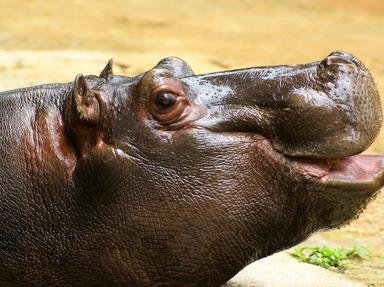Quiz Answer Key and Fun Facts
1. If I were a bilby which of these creatures would I be?
2. If I were a geoduck, what type of creature would I be?
3. If I were a tapir, what type of creature would I be?
4. If I were a slender loris, what type of creature would I be?
5. If I were a puggle, I am known as the baby of which of these Australian mammals?
6. If I were a collared peccary, what type of creature would I be?
7. If I were a red-shanked douc langur, what type of creature would I be?
8. If I were a caracal, what type of creature would I be?
9. If I were a jerboa, what creature would I be?
10. If I were a pangolin what type of creature would I be?
Source: Author
wenray
This quiz was reviewed by FunTrivia editor
Tizzabelle before going online.
Any errors found in FunTrivia content are routinely corrected through our feedback system.


